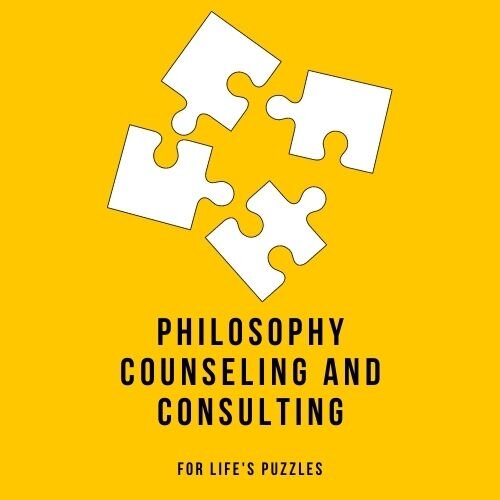Dialogue Facilitation Course for Organizations
Session 1: Introduction
What is dialogue, what kinds of puzzles arise during dialogue, and what facilitation tools do facilitators use to diagnose and solve these puzzles? In week one, we’ll begin our investigation of these three questions. This class, like all others, will be interactive: I’ll facilitate an actual dialogue in the class and then we’ll explore the facilitation moves that I made in response to the puzzles that arose.
Session 2: Care and Concentration
In this session, we will explore the following questions through role-playing, dialogue, and handouts: How can I create an inclusive workplace community in which everyone feels supported and cared for while, at the same time, concentrating the team’s focus on one, and only one, task at a time? When do these goals support one another and what should I do when they pull in opposite directions?
Session 3: Creative and Critical Thinking
How can I create a workplace where teammates use creative thinking to come up with new ideas and bring new perspectives to bear on questions, and how can I ensure that teammates use critical thinking to improve and critique ideas? When are these goals mutually supportive and when do they pull apart? In this interactive session, we will explore these questions and more.
Session 4: Improving Empathy
We all strive to be empathetic, but understanding everything that is communicated within a workplace is easier said than done. In this session we’ll explore five different kinds of information that we should attend to in our workplaces: our gestures, the ways we use language, the contents of our minds, our interests, and what we love.
Session 5: Conflict
We are all individuals with unique inner worlds. When these inner worlds don’t mesh well with one another into a coherent picture, the result is conflict. Conflict can sometimes be a productive way of working through differences in order to create a more integrated community, but it can also be a destructive force that prevents any meaningful work from taking place. In this session, we will explore the origins of conflict and tools for navigating it in healthy ways within workplaces.
Session 6: Dialogue Diagrams
When you are facilitating a meeting, it is important to keep track of what has happened: the arguments, counterarguments, examples, and values that emerged. In this session, you will learn practical tools for diagramming your dialogue while facilitating.
Session 7: Facilitating Sensitive Topics
Dialogue facilitating is challenging enough when talking about mundane topics. But what special precautions should you take when the discussion turns to race, sex, violence, or other highly-charged, controversial issues about which there is significant disagreement? In this session, you’ll find out.
Session 8: Dialogue Outside the Workplace
The lessons you have learned over the past seven weeks have been geared towards facilitating in the workplace. In this final session, we’ll explore how to apply these lessons in other settings and how to transform your larger community into a place of caring, critical, creative, and concentrated thinking.
